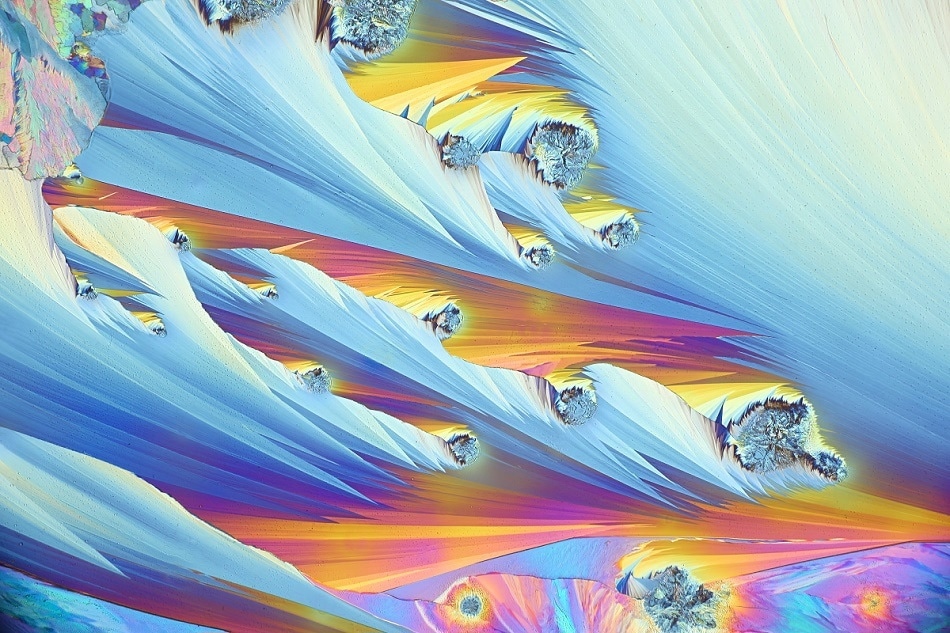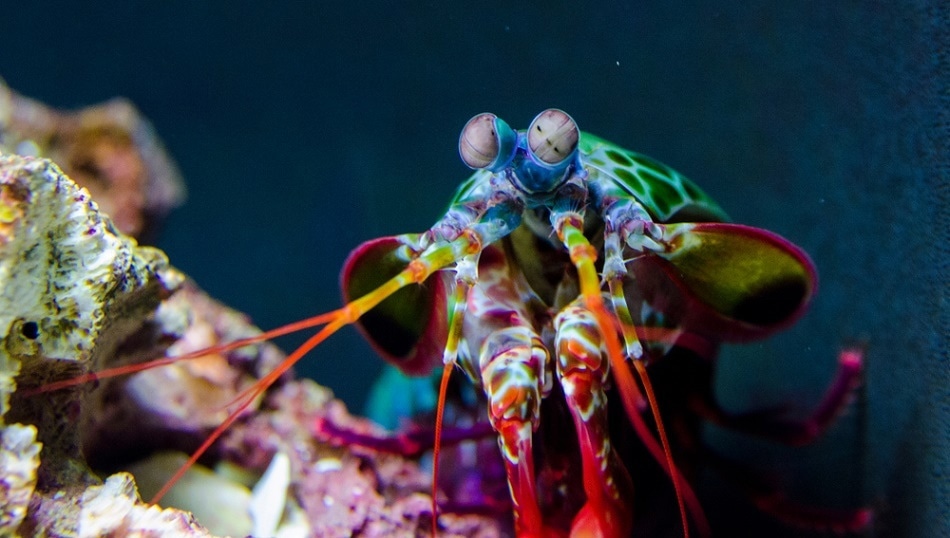
Shutterstock | Henri Koskinen
Scientists can use the polarization of light to detect differences in an environment and there are many commercial applications where polarization sensors are used. In this article, we look at how biological structures have inspired scientists to create and mimic the polarization sensors found in nature.
What Are Polarization Sensors
Polarization sensors measure the difference between the polarization of light from an object (either man made or natural) and compare it against the background polarization of the environment. The ability to contrast between the different polarization signatures enables these sensors to efficiently distinguish between features which may not be obvious when looking from a thermal or visual perspective.
Polarization is a naturally occurring phenomenon and is a fundamental property of electromagnetic waves. In its simplest form, polarization is the difference between the x and y directions of the electromagnetic field when it is viewed as a propagating plane wave. Polarization can manifest when light interacts with matter in a number of ways, including through reflection, refraction and scattering.
The applications of polarization sensors are predominantly in environments where remote sensing is required, such as in autonomous vehicle navigation, target detection and surveillance, facial recognition and for oil on water detection.
Bio-Inspired Polarization Sensors
Many of the polarization sensors being produced today mimic polarization sensing mechanisms found in nature. Here, we look at how some examples of these naturally-occurring sensors have inspired scientists to create man-made equivalents.
Mantis Shrimp
The mantis shrimp possesses one of the most advanced visual systems in the animal kingdom and researchers have taken full advantage of its potential in man-made systems. Mantis shrimp’s visual systems are capable of high polarization sensitivity and hyperspectral imaging.
Researchers have directly mimicked the visual system of a mantis shrimp and have turned it into a single-chip, color-polarization imaging system composed of nanowire polarization filters and vertically stacked photodetectors. These systems not only detect the differences in polarized light with high sensitivity, but they also possess a high resolution and use low amounts of power. Overall, these man-made systems are very efficient in all departments.
These systems have been designed to co-register colour and polarization information and capture images containing 1280 by 720 pixels with a dynamic range of 62 dB. In addition, the photodetectors in these systems can capture three different spectral channels per pixel. This type of system can possess a quantum efficiency greater than 30% over the whole visible spectrum. The polarization system can also be used to take real-time images of marine environments when it is enclosed in suitable underwater housing equipment.

Shutterstock | Maxfield Weakley
Polarized Light Compasses
Many animals such as Savannah sparrows, North American monarch butterflies, African dung beetles, crickets and locusts possess a compass-like ability to navigate through their local environment. These animals have this ability because they obtain compass information from skylight polarization patterns. For monarch butterflies, the polarization angle is a key factor for determining orientation, whereas the Savannah sparrows derive an absolute direction at sunset and sunrise and use these points as a reference for their internal compass.
Using the principles found predominantly in the savannah sparrow and monarch butterfly, scientists have created lightweight and compact image-based polarized light compasses. To mimic the natural compasses, the man-made variants are composed of charge coupled devices (CCD), a pixelated polarizer array and a wide-angle lens.
These polarization systems measure both the skylight polarization pattern and orientation using Rayleigh scattering models. These compass systems use the polarization sensor to accurately measure a skylight polarization pattern in real-time, with a low error point for the orientation of 0.15°. These systems do work better when the sunlight elevation is lower, so at high sun points the error can increase. On average, they have a relatively low error and can be used effectively for outdoor autonomous navigation applications.
References and Further Reading:
- Polaris Sensor Technologies: https://www.polarissensor.com/
- “Review of passive imaging polarimetry for remote sensing applications”- Tyo J. S., et al, Applied Optics, 2006, DOI: 10.1364/AO.45.005453
- “Bio-inspired color-polarization imager for real-time in situ imaging”- Garcia M., et al, Optica, 2017, DOI: 10.1364/OPTICA.4.001263
- “Bioinspired Polarization Imaging Sensors: From Circuits and Optics to Signal Processing Algorithms and Biomedical Applications”- York T., et al, Proc. IEEE Inst. Electr. Electron Eng., 2014, DOI: 10.1109/JPROC. 2014.2342537
- “Design and Calibration of a Novel Bio-Inspired Pixelated Polarized Light Compass”- Han G., et al, Sensors, 2017, DOI: 10.3390/s17112623
Disclaimer: The views expressed here are those of the author expressed in their private capacity and do not necessarily represent the views of AZoM.com Limited T/A AZoNetwork the owner and operator of this website. This disclaimer forms part of the Terms and conditions of use of this website.